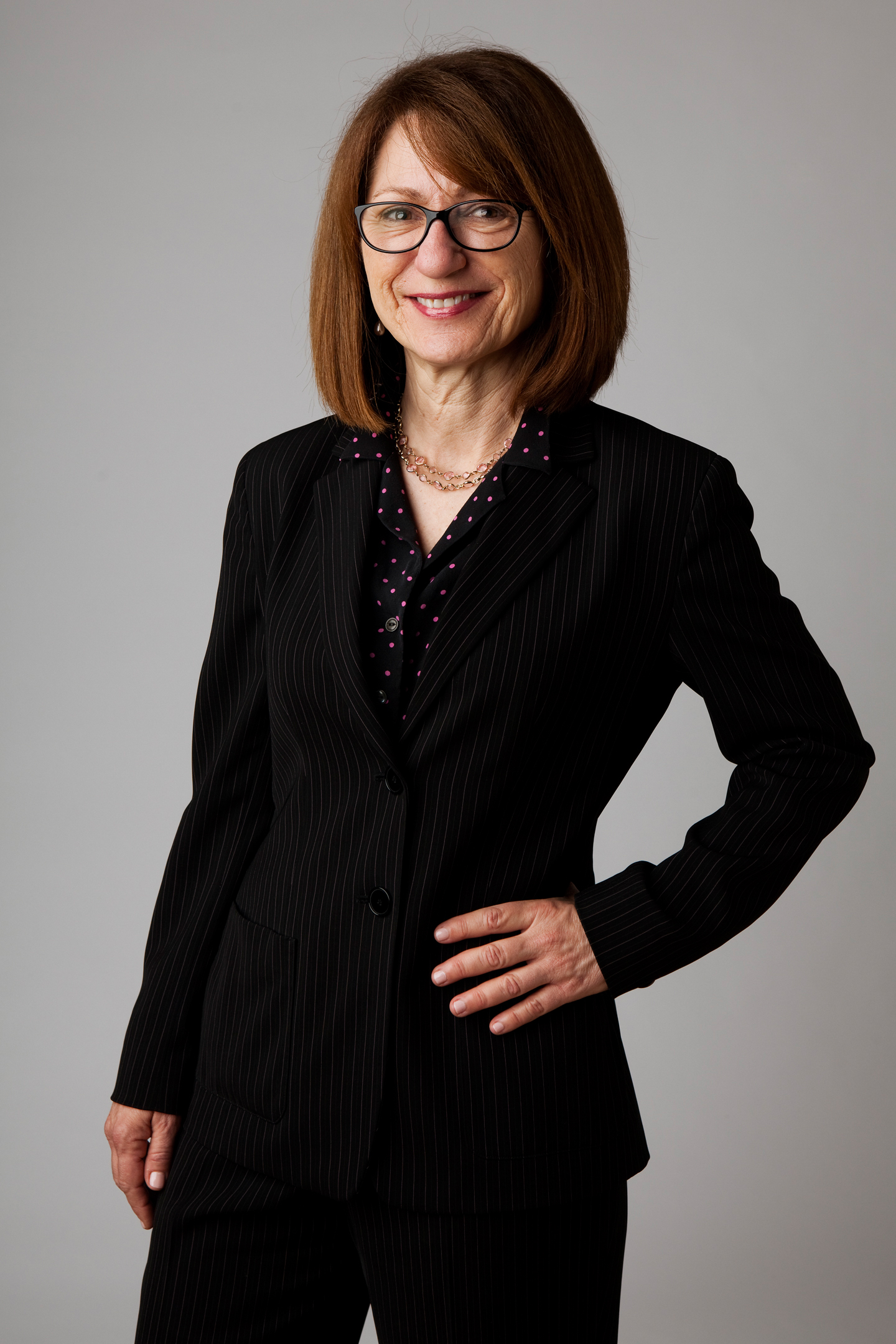
Lisa DeLeonardis
Italy and Peru share a long history of catastrophic earthquakes. The search for an architecture that could withstand tremors has occupied builders, designers, and patrons since antiquity. In the early modern period, this desire piqued the interest of the Jesuits, who managed missions in both regions. An antiseismic architectural design practice and material known as quincha captured their attention. Developed in ancient Peru and exported to Italy after the sixteenth century, its light weight, flexibility, and sculptural plasticity satisfied both aesthetic and structural concerns. Correspondence between colonial administrators in South America indicates an intense level of engagement about its use, and about problem-solving architectural restoration.
Absent from these letters, and the subject of my inquiry at the American Academy in Rome, is the Italian perspective. My project addresses Italian interest in quincha and follows its spread across southern Italy. I examine how and when this ancient American building practice influenced Italian architectural design. Central to my intellectual interests are how ideas and materials are transmitted and transformed by builders over time and space. Review of the annual letters held in the Jesuit archives and related documentary sources in Rome’s repositories are fundamental to my project. I value consultation with Italian conservators and their perspectives on architectural preservation and organic materials protection. I expect to conduct field survey at a number of locations to examine in situ buildings. Ultimately, I hope to gain a clearer perspective of architectural solutions to recurring seismic activity in both regions, and to contribute to timely issues in historic preservation and conservation studies.